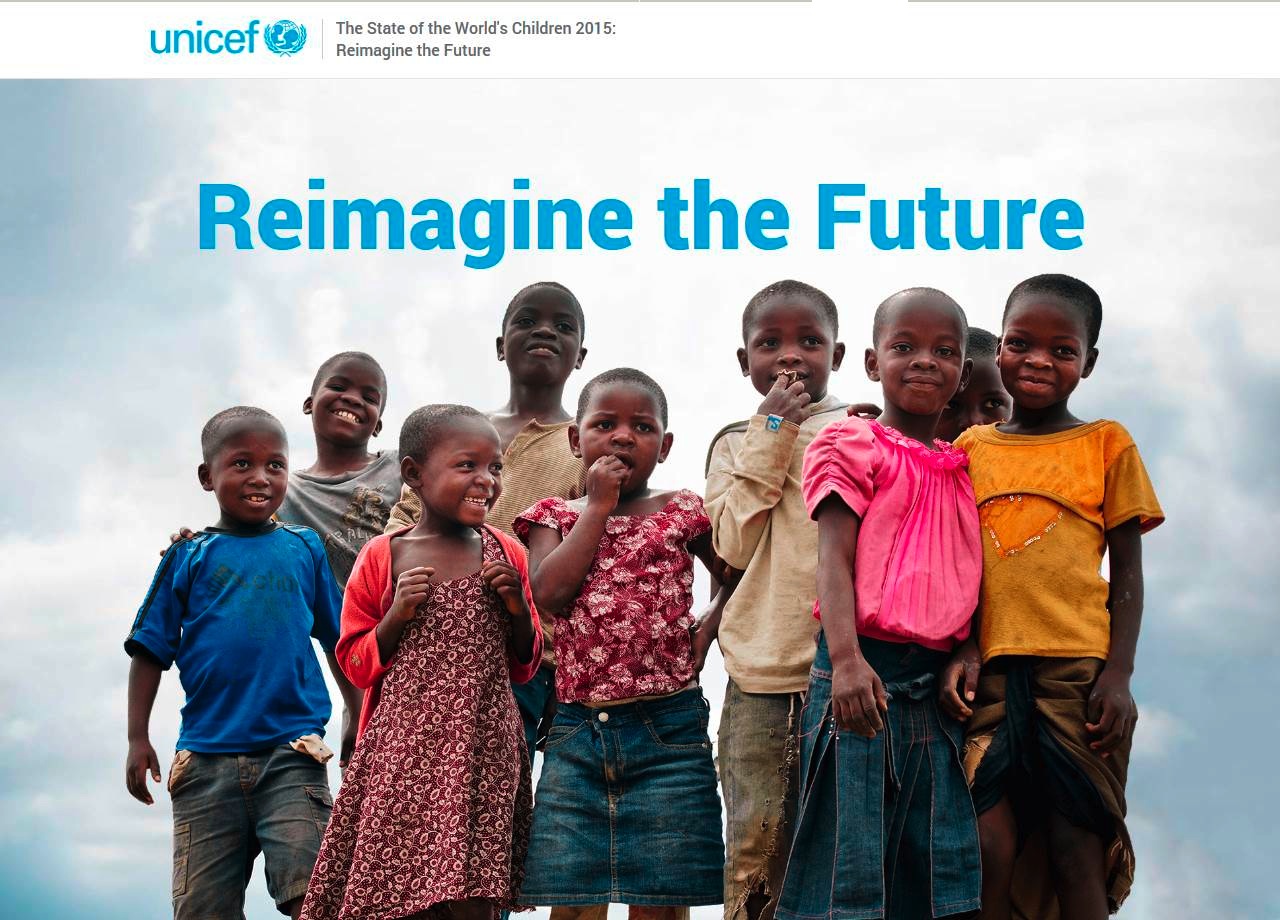References
1) Aber, J. Lawrence, et al., “The Effects of Poverty on Child Health and Development,” Annual Review of Public Health, vol. 18, 1997, pp. 463–483.
2) Barros, Aluísio J.D., et al., “Equity in Maternal, Newborn, and Child Health Interventions in Countdown to 2015: A retrospective review of survey data from 54 countries,” The Lancet, vol. 379, no. 9822, 31 March–6 April 2012, pp. 1225–1233.
3) Bhutta, Zulfiqar A., et al., “Improvement of Perinatal and Newborn Care in Rural Pakistan through Community-Based Strategies: A cluster-randomised effectiveness trial,” The Lancet, vol. 377, 29 January 2011, pp. 403–412, doi:10.1016/S0140-6736(10)62274-X.
4) Eisenstat, Russell, et al., “Beyond the Business Unit,” The McKinsey Quarterly, Winter 2001, pp. 54–63.
5) Gertler, Paul, et al., “Labor Market Returns to Early Childhood Stimulation: A 20-year follow-up to an experimental intervention in Jamaica,” NBER Working Paper 19185, National Bureau of Economic Research, Cambridge, Mass., June 2013.
6) Grand Challenges Canada/Grand Défis Canada, “Integrated Innovation,” Grand Challenges Canada, Toronto, September 2010, available at <www.grandchallenges.ca/wp-content/uploads/integratedinnovation_EN.pdf>.
7) Grantham-McGregor, Sally, et al., “Developmental Potential in the First 5 Years for Children in Developing Countries,” The Lancet, vol. 369, no. 9555, 6 January 2007, pp. 60–70.
8) Grantham-McGregor, Sally, Marie E. Stewart and William N. Schofield, “Effect of Long-Term Psychosocial Stimulation on Mental Development,” The Lancet, vol. 316, no. 8198, 11 October 1980, pp. 785–789.
9) Grantham-McGregor, S. M., et al., “Nutritional Supplementation, Psychosocial Stimulation, and Mental Development of Stunted Children: The Jamaican study,” The Lancet, vol. 338, no. 8758, 6 July 1991, pp. 1–5.
10) Kumar, Vishwajeet, et al., “Effect of Community-Based Behaviour Change Management on Neonatal Mortality in Shivgarh, Uttar Pradesh, India: A cluster-randomised controlled trial,” The Lancet, vol. 372, no. 9644, 27 September 2008, pp. 1151–1162.
11) Kumar, Vishwajeet, Aarti Kumar and Gary L. Darmstadt, “Behavior Change for Newborn Survival in Resource-Poor Community Settings: Bridging the gap between evidence and impact,” Seminars in Perinatology, vol. 34, no. 6, December 2010, pp. 446–461.
12) Miranda, Jeanne, et al., “One-Year Outcomes of a Randomized Clinical Trial Treating Depression in Low-Income Minority Women,” Journal of Consulting and Clinical Psychology, vol. 74, no. 1, 2006, pp. 99–111.
13) Nahar, B., et al., “Effects of a Community-Based Approach of Food and Psychosocial Stimulation on Growth and Development of Severely Malnourished Children in Bangladesh: A randomised trial,” European Journal of Clinical Nutrition, vol. 66, June 2012, pp. 701–709, doi:10.1038/ejcn.2012.13.
14) Radner, James and Jack P. Shonkoff, “Mobilizing Science to Reduce Intergenerational Poverty,” in Andrews, Nancy O., et al., eds., What Works for American Communities, Federal Reserve Bank of San Francisco and Low Income Investment Fund, San Francisco, Calif., 2012, pp. 338–350.
15) Shonkoff, Jack P., and Philip A. Fisher, “Rethinking Evidence-Based Practice and Two-Generation Programs to Create the Future of Early Childhood Policy,” Development and Psychopathology, vol. 25, November 2013, pp. 1635–1653, doi:10.1017/S0954579413000813. See also <http://developingchild.harvard.edu/index.php/activities/frontiers_of_innovation/>.
16) Shonkoff, Jack P., et al., “An Integrated Scientific Framework for Child Survival and Early Childhood Development,” Pediatrics, vol. 129, no. 2, February 2012, pp. e460–e472.
Smith, Megan V., and Alisa K. Lincoln, “Integrating Social Epidemiology into Public Health Research and Practice for Maternal Depression,” American Journal of Public Health, vol. 101, no. 6, June 2011, pp. 990–994, doi:10.2105/AJPH.2010.196576.
17) Wagstaff, Adam, and Mariam Cleason, The Millennium Development Goals for Health: Rising to the challenges, World Bank, Washington, D.C., 2004, available at <www-wds.worldbank.org/external/default/WDSContentServer/WDSP/IB/2004/07/15/000009486_20040715130626/Rendered/PDF/296730PAPER0Mi1ent0goals0for0health.pdf>.
18) Walker, Susan P., et al., “Effects of Early Childhood Psychosocial Stimulation and Nutritional Supplementation on Cognition and Education in Growth-Stunted Jamaican Children: Prospective cohort study,” The Lancet, vol. 366, no. 9499, 19 November 2005, pp. 1804–1807.
Walker, Susan P., et al., “Child Development: Risk factors for adverse outcomes in developing countries,” The Lancet, vol. 369, no. 9556, 13 January 2007, pp. 145–157.
Acknowledgements:
The authors wish to thank the researchers and communities who collaborated on the innovations described in this essay, friends who commented on the text, and colleagues who have been with us on the learning journey. Among others: Jane Abrams, Christoph Berendes, Raquel Bernal, Silvia Bunge, Russell Eisenstat, Philip Fisher, Jason Gortney, Jena Hamadani, Lorri Hope, Annmarie Hulette, Rebecca Jaques, Aarti Kumar, Vishwajeet Kumar, Liliana Lengua, Alicia Lieberman, Linda Mayes, Denis Pelli, Ximena Peña, Christine Powell, Joseph Rotman, Holly Schindler, Elizabeth Segal, Jack Shonkoff, Peter A. Singer, Megan Smith, Fahmida Tofail, Susan Walker and Tassy Warren. The innovations were supported in significant part by Grand Challenges Canada (funded by the Government of Canada), the Washington State Department of Early Learning, and the Center on the Developing Child at Harvard University.
